41 label the types of plasma membrane lipids.
Lipid Types and Structures - Nutrition: Science and Everyday ... Lipid Types and Structures. are a family of organic compounds that are mostly insoluble in water, meaning they do not mix well with water. There are three main types of lipids: triglycerides, phospholipids, and sterols. On this page, we'll learn about the structures of these three types of lipids, as well as their functions in the body and ... Label a plasma membrane + membranes vocab Diagram | Quizlet the glycocalyx, formed from carbohydrate chains attached to lipids or proteins in the membrane. define glycolipid lipid with an attached chain of carbohydrate molecules Define glycoprotein protein with an attached chain of carbohydrate molecules Define diffusion the net movement of particles from an area of high to low concentration.
Chapter 3 Worksheet Flashcards | Quizlet drag each label into the appropriate box in order to designate whether each indicated structure contacts the ICF, the ECF, or both ECF: - glycocalyx - flagella - cilia both ECF and ICF: - integral protein - channel protein - phospholipid bilayer ICF: - mitochondria - endoplasmic reticulum - ribosomes - nuclear membrane
:max_bytes(150000):strip_icc()/cell-membrane-373364_final-5b5f300546e0fb008271ce52.png)
Label the types of plasma membrane lipids.
Plasma Membrane Structure - Function, Components, Structure, Fluid ... The proportion of constituency of plasma membrane i.e., the carbohydrates, lipids and proteins vary from cell to cell. For instance, the inner membrane of the mitochondria comprises 24% lipid and 76% protein, in myelin, 76% lipid is found and 18% protein. Phospholipids Plasma Membrane Functions | Components & Structures | BioExplorer The first important component of plasma membrane is the phospholipidis, a type of lipid that is made up of a polar head group and a hydrophobic tail. Because of their amphipathic nature (being composed of both hydrophilic and hydrophobic portion), they are able to create bilayers when placed in water. Plasma Membrane - Definition, Structure, Functions - Biology Dictionary Phospholipid - a molecule that forms the characteristic double layer of the plasma membrane. Semi-permeable - allowing only certain molecules to pass through due to the chemical properties of the membrane.
Label the types of plasma membrane lipids.. Cell Membrane (Plasma Membrane) - Genome.gov Definition. …. The cell membrane, also called the plasma membrane, is found in all cells and separates the interior of the cell from the outside environment. The cell membrane consists of a lipid bilayer that is semipermeable. The cell membrane regulates the transport of materials entering and exiting the cell. Membrane Lipids and Proteins Flashcards | Quizlet Membrane fluidity depends on: (Increased or decreased) 1) Fatty acid chain saturation 2) Fatty acid chain length 3) Cholesterol levels 4) Temperature This combination of factors would lead to the most fluid membrane possible (list the changes in the order stated above). Glycolipids This is the most common lipid (mentioned) in the myelin (28%) What lipids are found in the plasma membrane? | MBInfo There are three major classes of membrane lipids - the phosphoglycerides, sphingolipids and sterols. What are phospholipids? The phosphoglycerides and sphingolipids can be combined as one class, the phospholipids. These are the classical membrane lipid, formed of a polar head group and two hydrophobic fatty acid tails. Q&A: What are exosomes, exactly? | BMC Biology | Full Text 13.06.2016 · There are other types of microvesicle, including apoptotic bodies and ectosomes, which are derived from cells undergoing apoptosis and plasma membrane shedding, respectively. Although apoptotic bodies, ectosomes and exosomes are all roughly the same size (typically 40–100 nm) and all also contain ‘gulps’ of cytosol, they are different species of …
Labeling the Cell Flashcards | Quizlet membrane bound organelles golgi apparatus, mitochondrion, lysosome, peroxisome, rough endoplasmic reticulum nonmembrane bound organelles ribosomes, centrosome, proteasomes cytoskeleton includes microfilaments, intermediate filaments, microtubules Identify the highlighted structures Structures and functions of membrane carbohydrates -glycocalyx Label the types of plasma membrane proteins - Course Hero The cell membrane contains molecules other than phospholipids, primarily other lipids and proteins. The yellow molecules between the phospholipid tails in the Figure below, for example, are the lipid cholesterol. Molecules of cholesterol help the cell membrane keep its shape. Plasma Membrane Structure | Thermo Fisher Scientific - IN The plasma membrane, also known as the cell membrane, separates the interior of the cell from the extracellular environment. It is composed of about 50% lipids and 50% proteins. Cell membrane lipids, consisting of phospholipids but also glycolipids and sterols, are primarily responsible for the structural integrity of the cell membrane and ... Fatty acid - Wikipedia Fatty acids are classified in many ways: by length, by saturation vs unsaturation, by even vs odd carbon content, and by linear vs branched. Length of fatty acids. Short-chain fatty acids (SCFA) are fatty acids with aliphatic tails of five or fewer carbons (e.g. butyric acid).; Medium-chain fatty acids (MCFA) are fatty acids with aliphatic tails of 6 to 12 carbons, which can form medium …
Plasma membrane asymmetry of lipid organization: fluorescence lifetime ... The plasma membrane is a bilayer composed of a plethora of chemically diverse lipids and a range of proteins. The distinct physicochemical properties of the membrane components lead to the formation of transient assemblies such as cholesterol-dependent domains, cholesterol-independent domains, and protein oligomers that are typically below the diffraction limit (20-100 nm) and are in dynamic ... Raft domains of variable properties and compositions in plasma membrane ... The recent discovery of phase separation in plasma membrane (PM) vesicles isolated from mammalian cells (1 -3) is the most convincing evidence of functionally relevant coexistence of liquid domains in biological membranes.The microscopic phases observed in these studies are likely the result of coalescence of nanoscopic assemblies (lipid rafts) present in cellular membranes under ... Introduction to Lipids and Lipoproteins - NCBI Bookshelf Jan 19, 2021 · Cholesterol and triglycerides are insoluble in water and therefore these lipids must be transported in association with proteins. Lipoproteins are complex particles with a central core containing cholesterol esters and triglycerides surrounded by free cholesterol, phospholipids, and apolipoproteins, which facilitate lipoprotein formation and function. Plasma lipoproteins can be divided into ... Major Type of Lipid Found in the Cell Membrane | Study.com Lipids are collections of molecules that include fats, waxes, sterols, and certain vitamins. Within a cell membrane, the primary type of lipid used is the phospholipid. Phospholipids form the ...
Structure of the plasma membrane (article) | Khan Academy The principal components of the plasma membrane are lipids (phospholipids and cholesterol), proteins, and carbohydrate groups that are attached to some of the lipids and proteins. A phospholipid is a lipid made of glycerol, two fatty acid tails, and a phosphate-linked head group.
Membrane potential governs lateral segregation of plasma membrane ... The plasma membrane of living cells expressing Can1GFP ( A, B ), Sur7GFP ( C) and Pma1GFP ( D) (strains GYS113, GYS48 and KM12, respectively) was depolarized by FCCP. Surface optical sections of cells before (left) and after depolarization (right) are shown. Only Can1GFP pattern (A) was dissolved after the treatment.
Solved D eztomhed tpx 181 points Label the types of plasma - Chegg 100% (46 ratings) Membrane protein are of 2 types A. Integral membrane protein - they are perma … View the full answer Transcribed image text: D eztomhed tpx 181 points Label the types of plasma membrane proteins Integral membrane protein Glycoprotern Membrane channel protein Membrane channel pore Peripheral membrane Type here to search
Effects of simvastatin and pravastatin on peroxidation of erythrocyte ... The damage to plasma membrane of erythrocytes was measured on the basis of lipid peroxidation. The fluidity of plasma membrane of erythrocytes was determined by electron paramagnetic resonance (EPR) spectroscopy, using two spin labels: 5-DSA and 16-DSA. The cholesterol level in the membrane of red blood cells was estimated.
Endosome - an overview | ScienceDirect Topics This allows the detached membrane tubules to fuse with the plasma membrane or recycling endosomes. Second, the geometry of the early endosome assists with sorting proteins and lipids. Soluble ligands accumulate in the volume-rich vacuolar portions of the early endosome, whereas receptors accumulate in tubular portions with a high ratio of surface area to volume ( …
Cell Membrane Function and Structure - ThoughtCo 07.10.2019 · The cell membrane (plasma membrane) ... The cell membrane is primarily composed of a mix of proteins and lipids. Depending on the membrane’s location and role in the body, lipids can make up anywhere from 20 to 80 percent of the membrane, with the remainder being proteins. While lipids help to give membranes their flexibility, proteins monitor and …
Structure of the Plasma Membrane - The Cell - NCBI Bookshelf The outer leaflet of the plasma membrane consists mainly of phosphatidylcholine and sphingomyelin, whereas phosphatidylethanolamine and phosphatidylserine are the predominant phospholipids of the inner leaflet. A fifth phospholipid, phosphatidylinositol, is also localized to the inner half of the plasma membrane.
What types of proteins are found in the plasma membrane? Cell adhesion, energy transduction, signaling, cell recognition and transport are just some of the important biological processes carried out by membrane proteins. There are three ways proteins can associate with the plasma membrane: intrinsic/integral membrane proteins that are embedded in the hydrophobic region of the lipid bilayer ...
Plasma Membrane (Cell Membrane) - Genome.gov The plasma membrane, also called the cell membrane, is the membrane found in all cells that separates the interior of the cell from the outside environment. In bacterial and plant cells, a cell wall is attached to the plasma membrane on its outside surface. The plasma membrane consists of a lipid bilayer that is semipermeable.
Components of Plasma Membranes - Biology LibreTexts Key Points. The principal components of the plasma membrane are lipids ( phospholipids and cholesterol), proteins, and carbohydrates. The plasma membrane protects intracellular components from the extracellular environment. The plasma membrane mediates cellular processes by regulating the materials that enter and exit the cell.
The Role of Lipids and Lipoproteins in Atherosclerosis 03.01.2019 · Atherosclerosis is the underlying cause of heart attack and stroke. Early observations that cholesterol is a key component of arterial plaques gave rise to the cholesterol hypothesis for the pathogenesis of atherosclerosis. Population studies have demonstrated that elevated levels of LDL cholesterol and apolipoprotein B (apoB) 100, the main structural protein …
Solved Label the types of plasma membrane lipids. Polar - Chegg Expert Answer 100% (45 ratings) 1- glycolipid 2-cholestrol … View the full answer Transcribed image text: Label the types of plasma membrane lipids. Polar heads Phospholipid Glycolipid Cholesterol Fatty acid tails Reset Zoom Previous question Next question
Lipid organization of the plasma membrane - PubMed Our plasma membrane model consists of 63 different lipid species, combining 14 types of headgroups and 11 types of tails asymmetrically distributed across the two leaflets, closely mimicking an idealized mammalian plasma membrane.
What Is an Organelle? - ThoughtCo 07.06.2019 · An organelle is a tiny cellular structure that performs specific functions within a cell.Organelles are embedded within the cytoplasm of eukaryotic and prokaryotic cells.In the more complex eukaryotic cells, organelles are often enclosed by their own membrane.Analogous to the body's internal organs, organelles are specialized and perform valuable functions necessary for …
Guide to Teaching Kids About Cells | Science Explorers 25.04.2019 · Parts of the Cell. Teach the parts of the cell to kids by first understanding them yourself. Here is a simple list of the various organelles and a brief description of their functions you can use for enriching your lessons and activities:. Plasma Membrane: The exterior of the cell, the plasma membrane is a flexible wall that keeps the contents of the cell inside while still …
Plasma Membrane and Lipids Flashcards | Quizlet 2 types of solutes that can diffuse through the cell membrane 1. Noncharged Molecules 2. H20 Plasma membrane lipids can be broadly categorized into two groups 1. Phospholipids 2. Glycolipids Phospholipids of the plasma membrane can be divided into two groups 1. Glycerophospholipids 2. Sphingolipids Structure of glycerophospholipid
Macrophage membrane-biomimetic adhesive polycaprolactone ... Here we developed a biodegradable polymer-conjugated camptothecin prodrug encapsulated in the plasma membrane of lipopolysaccharide-stimulated macrophages. Polymer conjugation revived the parent camptothecin agent (e.g., 7-ethyl-10-hydroxy-camptothecin), enabling lipid nanoparticle encapsulation. Furthermore, macrophage membrane cloaking transformed the …
Single‐molecule imaging reveals Tau trapping at nanometer‐sized … 25.08.2022 · Considering that many membrane lipids interact with Tau (Bok et al, 2021; Sallaberry et al, 2021) and that anionic compounds such as arachidonic acid, which are present in these lipids, promote Tau nucleation in a cell-free system (King et al, 2000), Tau/lipid interactions at the plasma membrane could possibly generate assemblies that resemble the Tau hot spots …
Plasma Membrane Function, Structure & Diagram - Study.com The plasma membrane structure is primarily made of a phospholipid bilayer. Phospholipids are amphipathic, meaning they have both hydrophilic parts, parts that love water, and hydrophobic parts,...
Plasma Membrane - Definition, Structure, Functions - Biology Dictionary Phospholipid - a molecule that forms the characteristic double layer of the plasma membrane. Semi-permeable - allowing only certain molecules to pass through due to the chemical properties of the membrane.
Plasma Membrane Functions | Components & Structures | BioExplorer The first important component of plasma membrane is the phospholipidis, a type of lipid that is made up of a polar head group and a hydrophobic tail. Because of their amphipathic nature (being composed of both hydrophilic and hydrophobic portion), they are able to create bilayers when placed in water.
Plasma Membrane Structure - Function, Components, Structure, Fluid ... The proportion of constituency of plasma membrane i.e., the carbohydrates, lipids and proteins vary from cell to cell. For instance, the inner membrane of the mitochondria comprises 24% lipid and 76% protein, in myelin, 76% lipid is found and 18% protein. Phospholipids




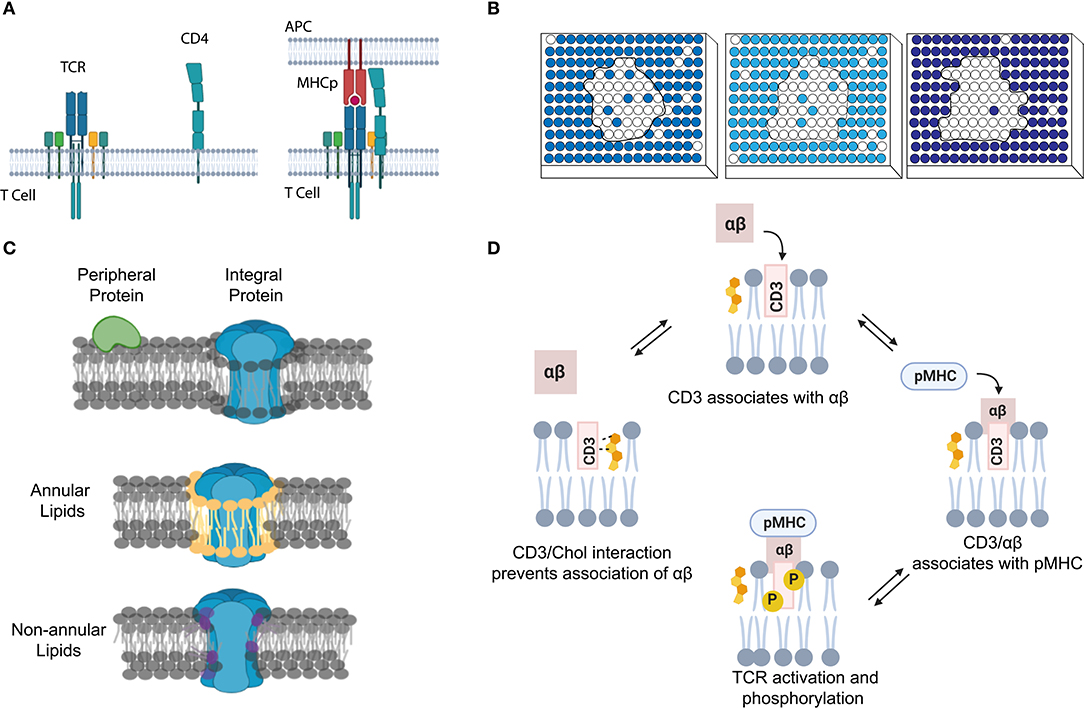



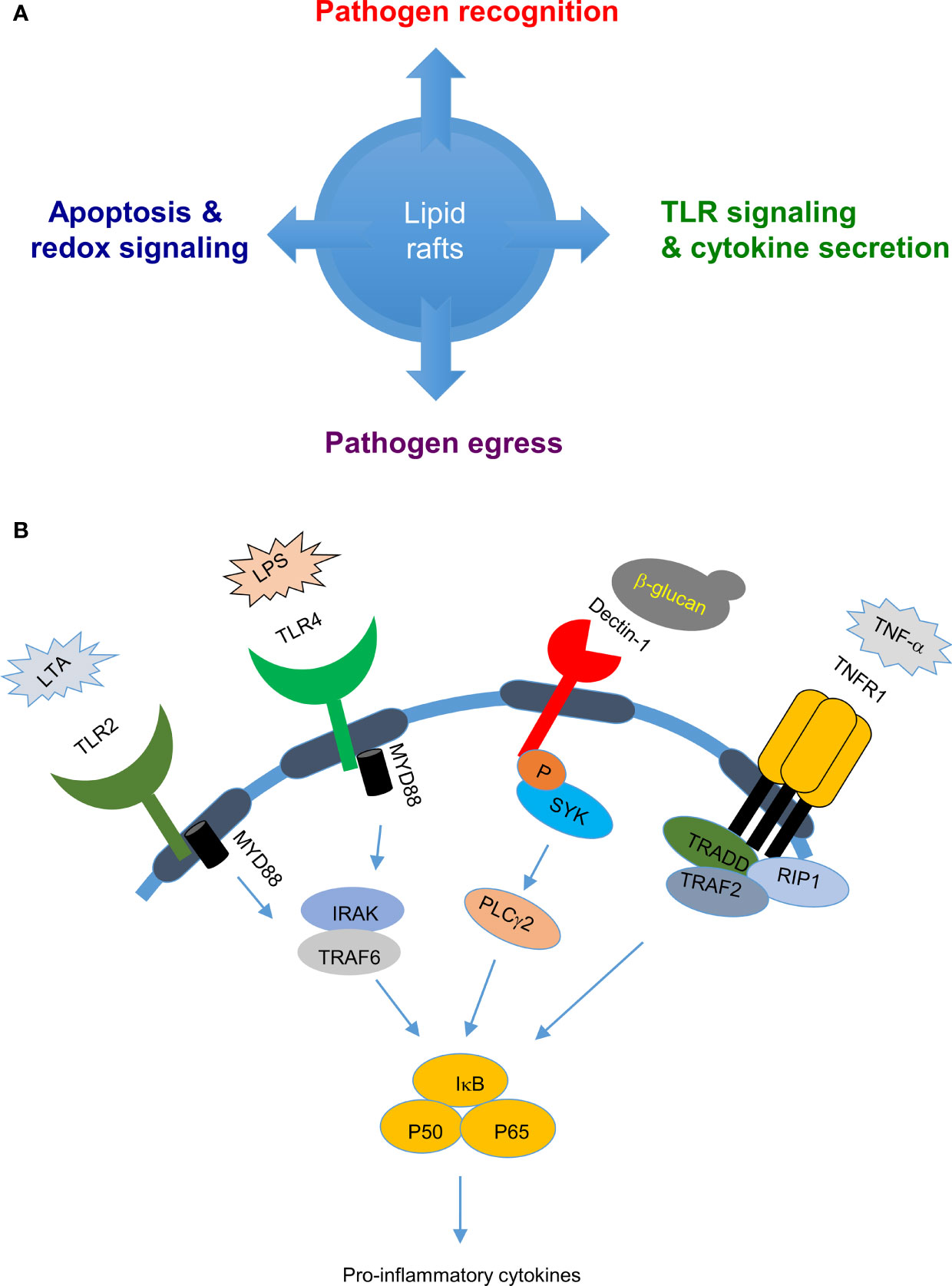
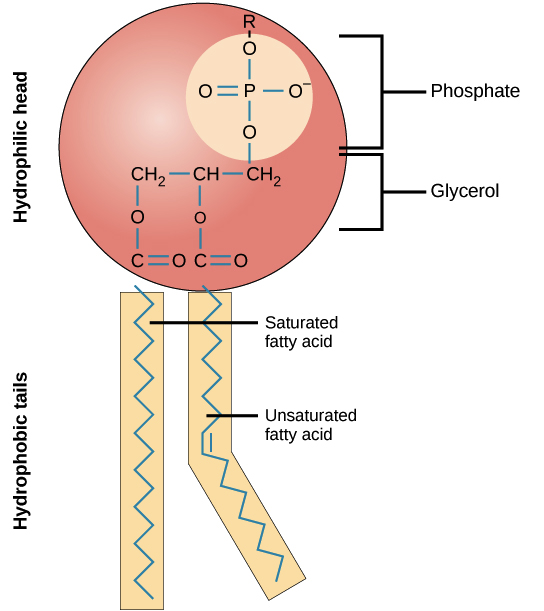


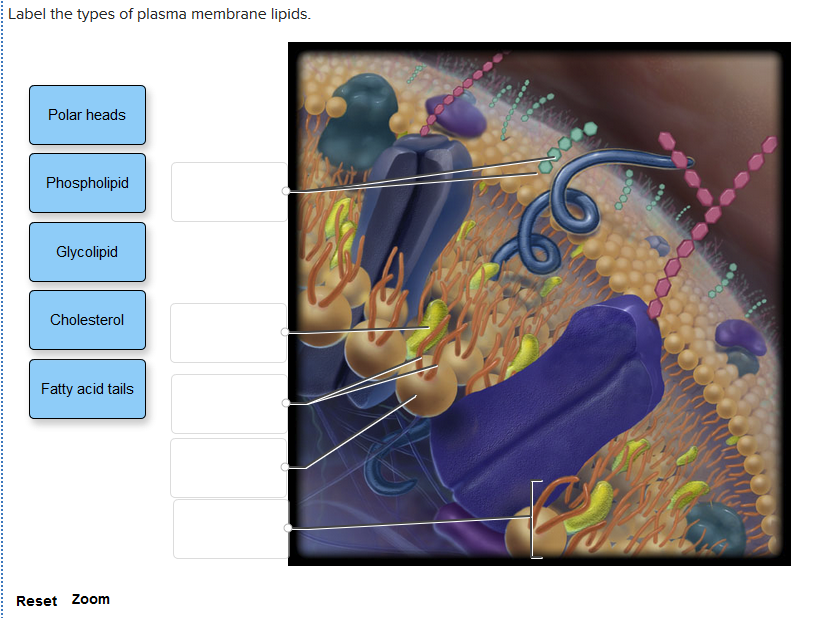
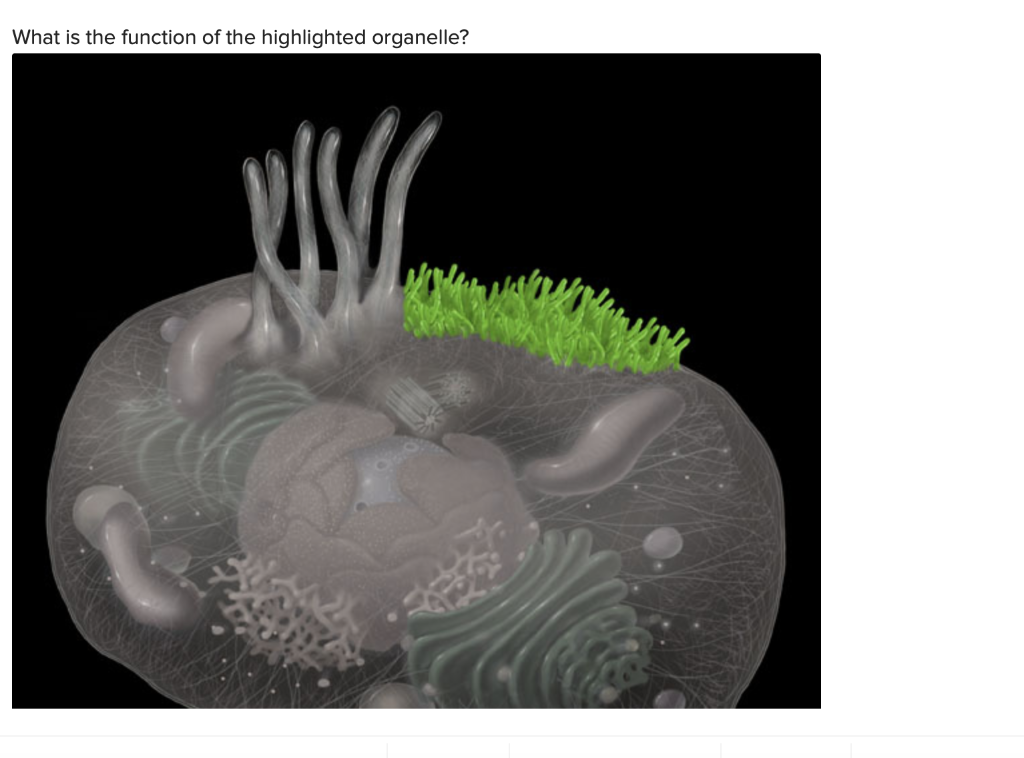



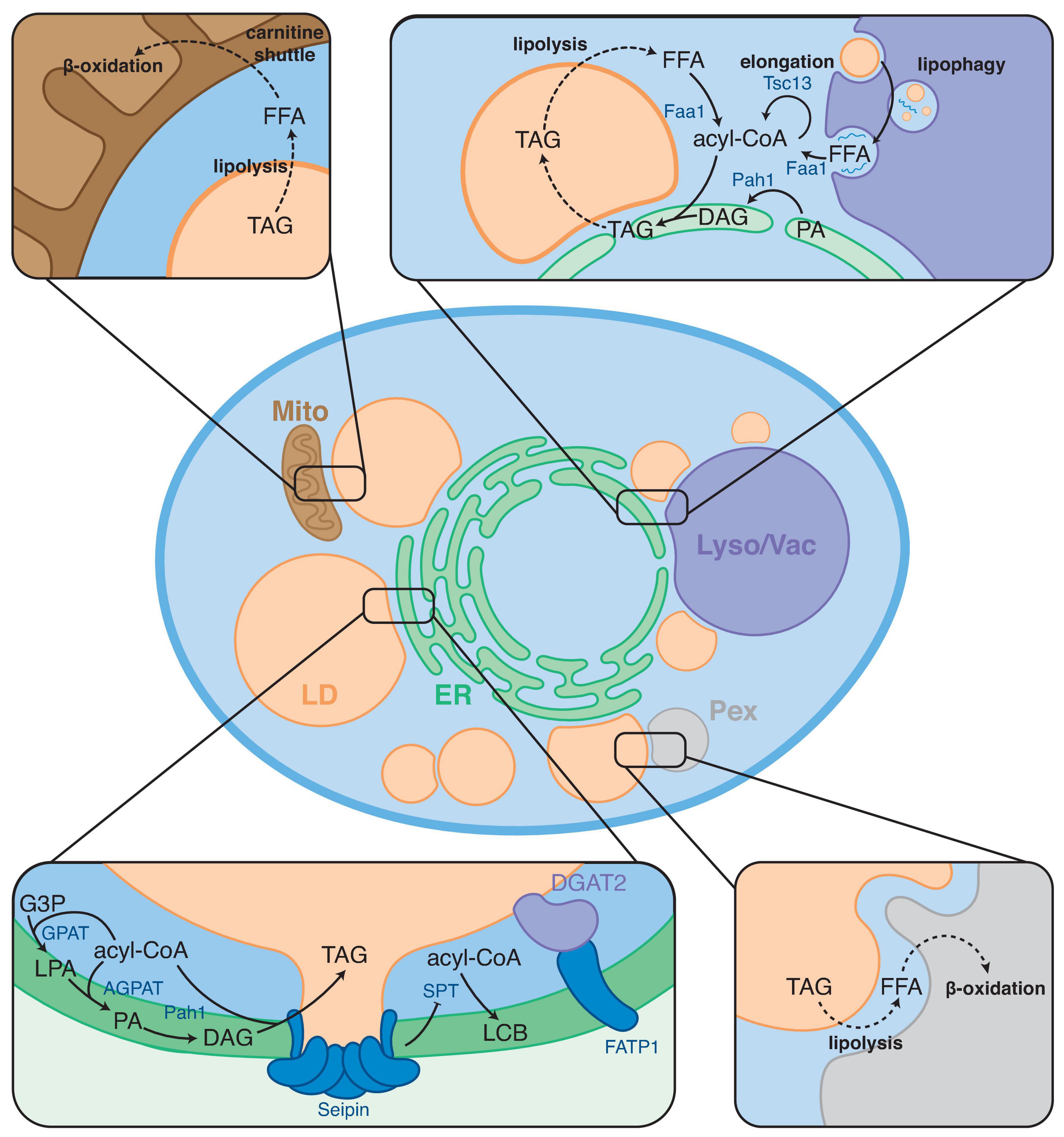
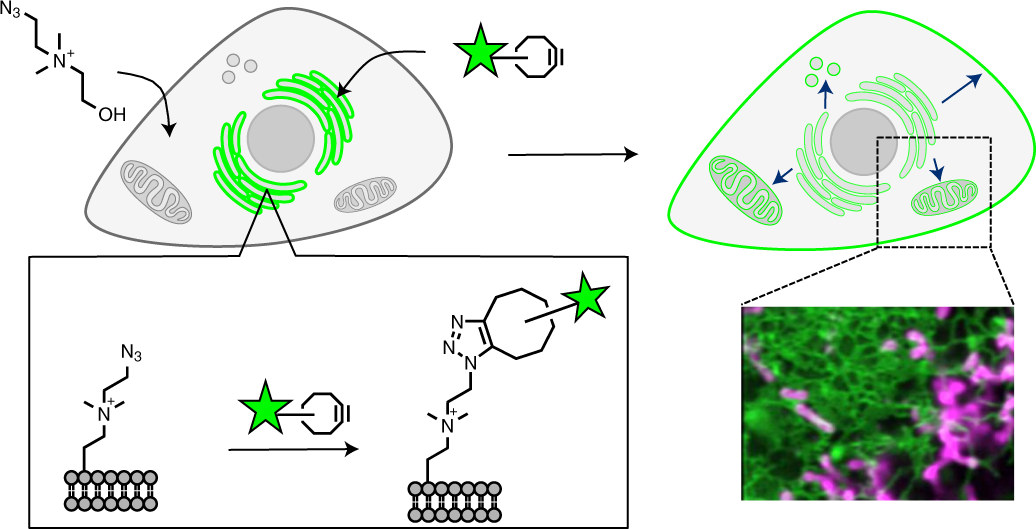
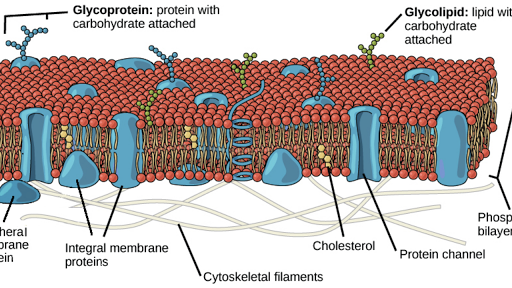

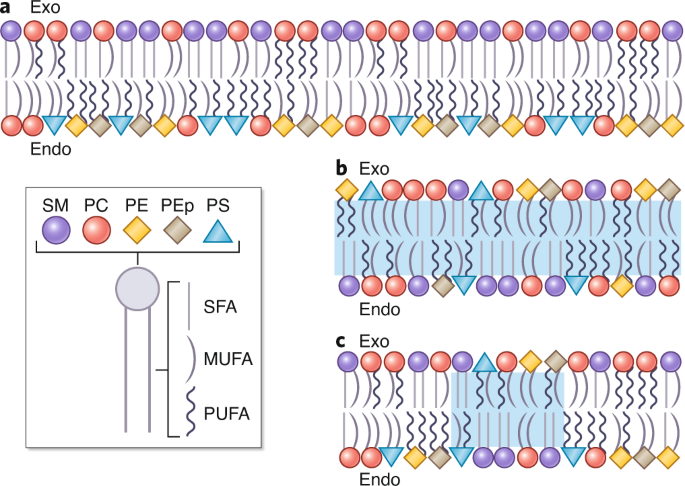
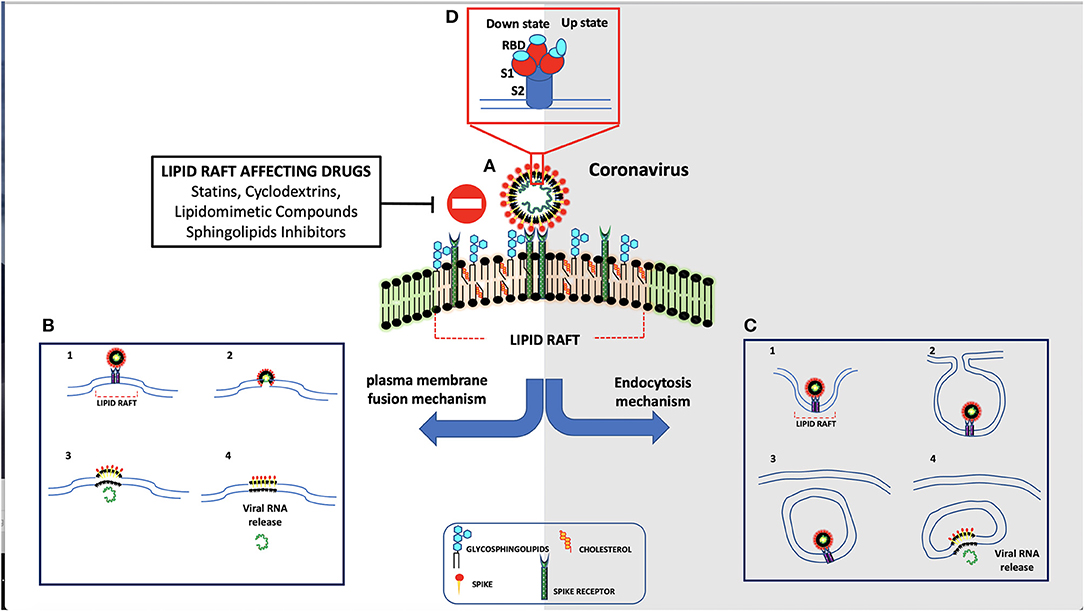




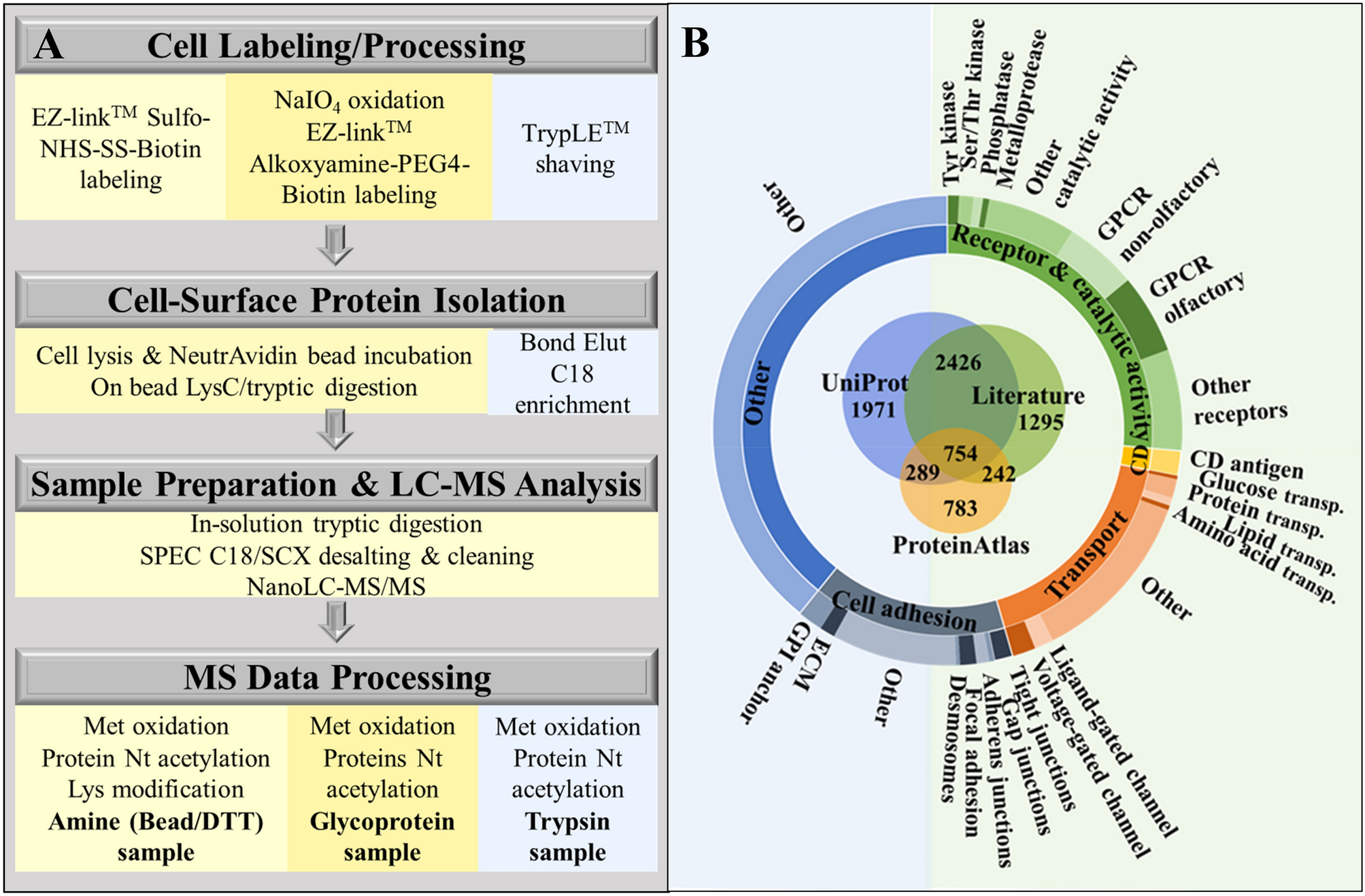
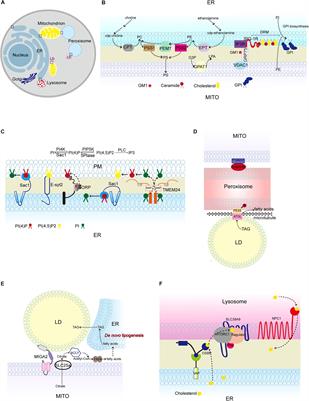
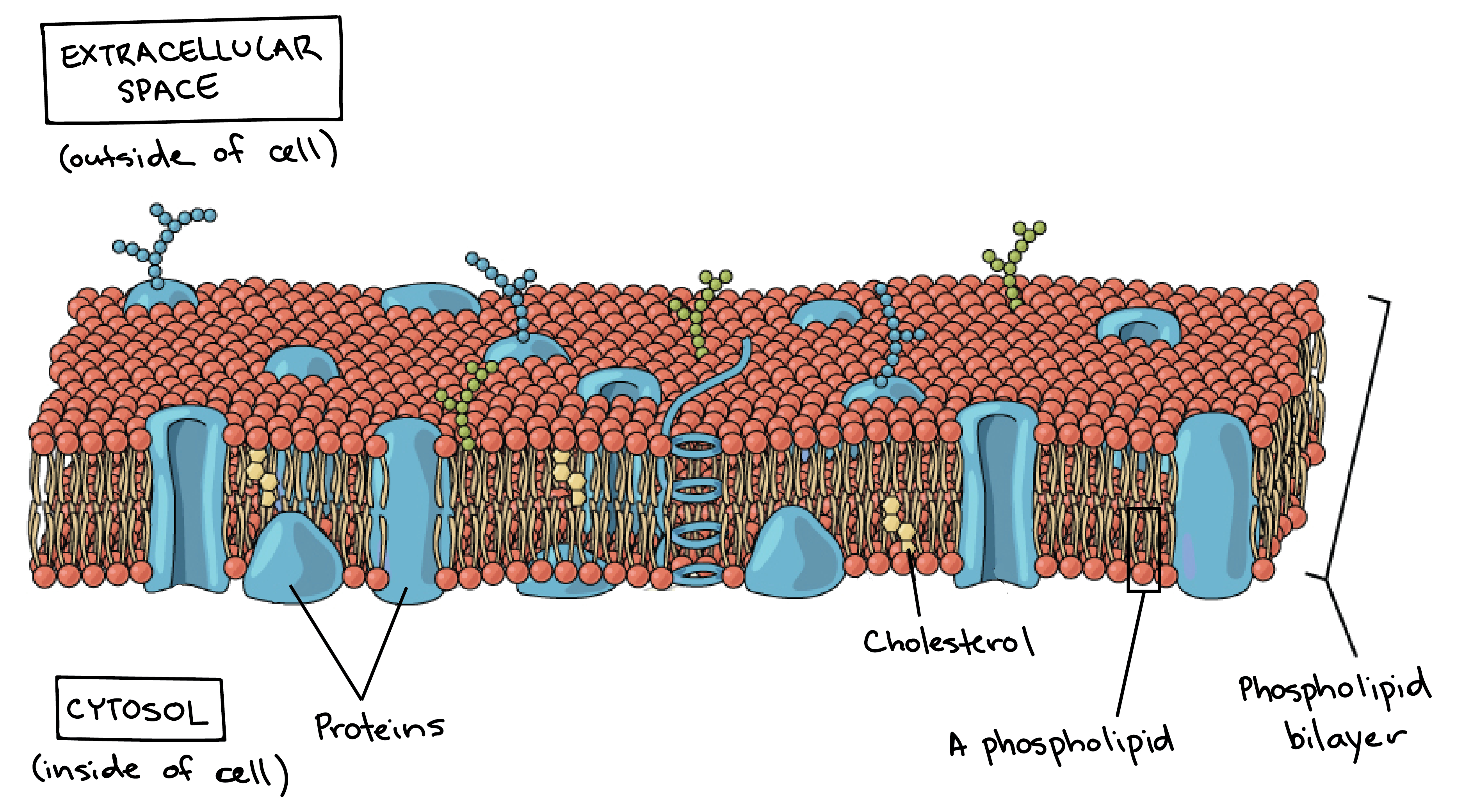





Post a Comment for "41 label the types of plasma membrane lipids."